|
19th May 2022 It's a Thursday and I'm enjoying an evening of gaming in Aldershot for the first time in actual years! Take that Covid-19! Cho chooo! Switch & Signal is a cooperative board game about managing train schedules, that's right - you're playing the generously proportion controller and how do you control these schedules. With switches and signals of course! What's in a game?
Quality-wise, all of Switch & Signal's components are made to the usual high standard we've come to expect from modern game and nothing feels particularly flimsy. The game makes good use of a wooden components, especially the dice that are nicely rounded and is something I always like. The notable components are the little plastic trains which each contain a space to put a wooden goods cube. The art is good, the boards are colourful and uncluttered with some nice illustrations for various cities. The art on the cards is equally good. The game's use of iconography is straightforward, easily understood and doesn't prove an obstacle. On to Play Setup This set up is for the European beginning default game, the rules provide options to alter the game's challenge and the U.S. side has some different rules.
On to play The objective in Switch & Signal is to collect all 8 cubes from the 4 cities using the trains and deliver them all to Marseille. Switch & Signal functions much like a lot of cooperative games; that is the active player flips a card and resolves it's actions on the board. Then the active players takes their action(s).
Endgame Play continues until one of the following conditions is met. If the players run out of departure cards and they have to draw one, then they collectively lose. If all 8 cubes are delivered, then the players immediately win. Overall
If you play a lot of cooperative games, the basic mechanics will be familiar here: Turn over a card and resolve it's action which will create obstacles for the players, then have them perform some actions and choose between progressing the objective or mitigating the problems caused by the drawing of cards. Rinse and repeat. Something about Switch & Signal feels a little different though. Maybe its because the departure cards are so contextual. The trains being moved by the departure cards are both the cause of problems for players and also the means to victory. On more than one occasion, we wanted to move a train but didn't want to spend a card to do so, instead we left it to the 'game' and departure cards to do the job for us. It's pretty rare for players to want the 'bad things happen' card to actually do something in a cooperative game. How trains are moved is vital. Not only do players have to move them into cities to pick up goods, they'll need to manage the different speeds they move at. Getting a fast train behind a slower one is a disaster, no two ways about it. This is exacerbated by the random nature in which trains are deployed on to the board by the dice. Players will also to manage the titular switches and signals. They'll look to create clear routes with full green lights to the port and funnel trains down that route in the correct order. It's a real balancing act though, it's hard to get the junction points where you want them and there's are never enough green lights. I have to say, that when it works, it feels extremely satisfying. I've never been a train controller but Switch & Signal genuinely makes me feel a little like one as I think about how to prioritise trains and set up routes with minimum card expenditure. This brings me to a final point about the game. I said earlier that being forced to discard a departure card is not good and I meant it! Switch & Signal is a well balanced game and it seemed every victory, every loss came down to the wire, came down to the last departure card or two and losing one felt very risky. I found it a lot of fun. If you like train-themed games, Switch & Signal is worth a look, how many cooperative trains games are there? If you like cooperative games, you really should give this a try. It's blend of familiar and unique mechanics makes it easy to get into yet different to other cooperative games.
0 Comments
Leave a Reply. |
AuthorI play, I paint. Archives
March 2024
Categories
All
|

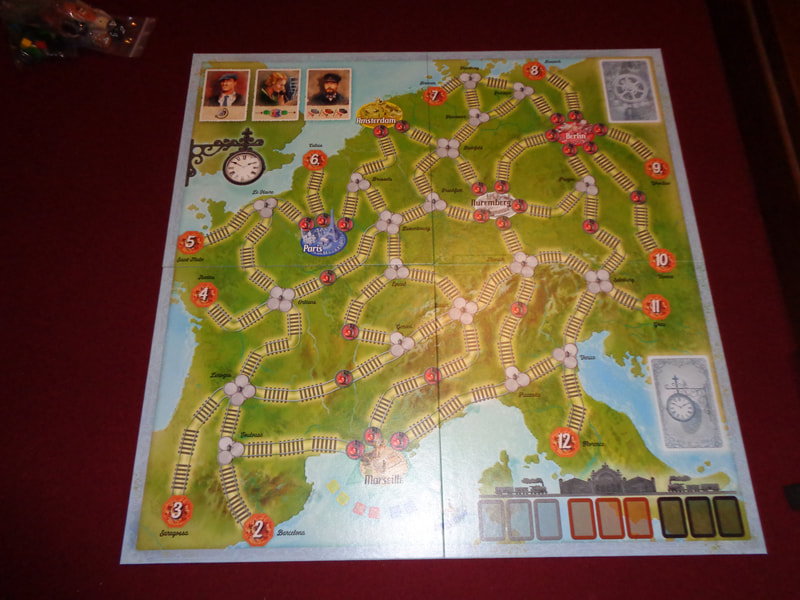



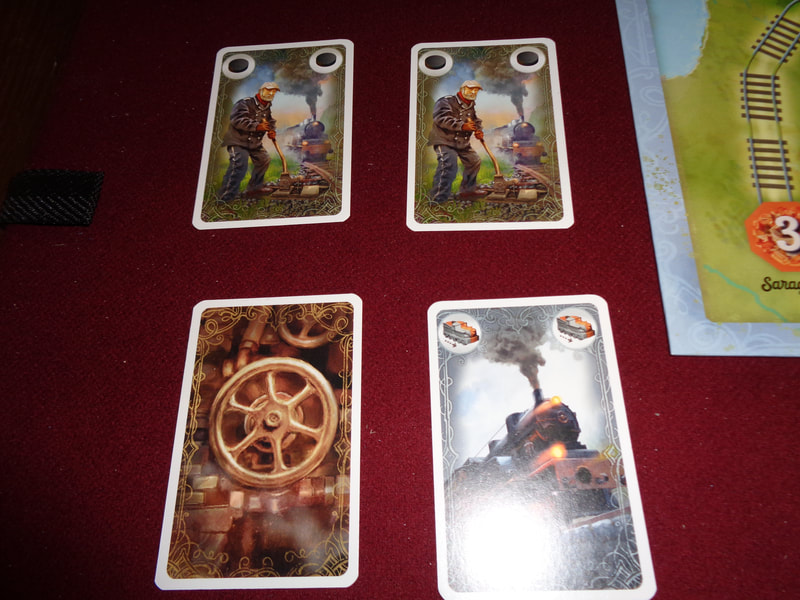

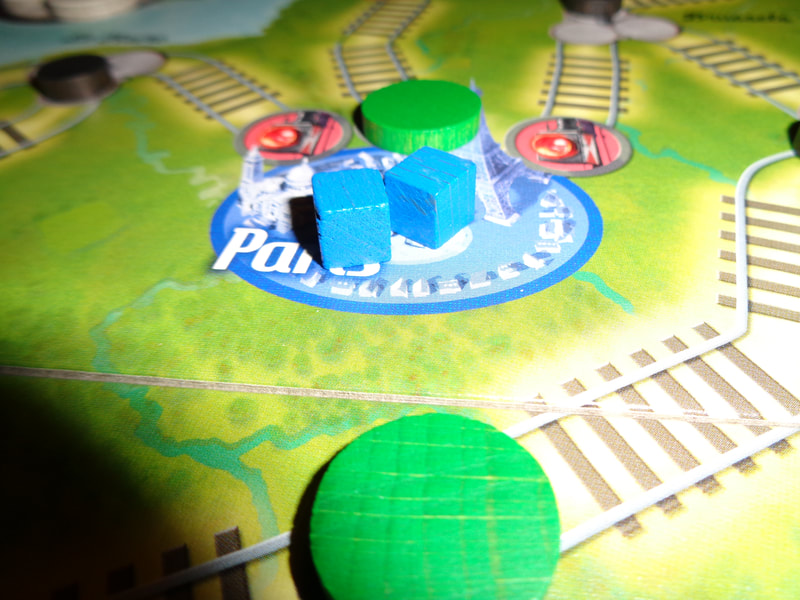
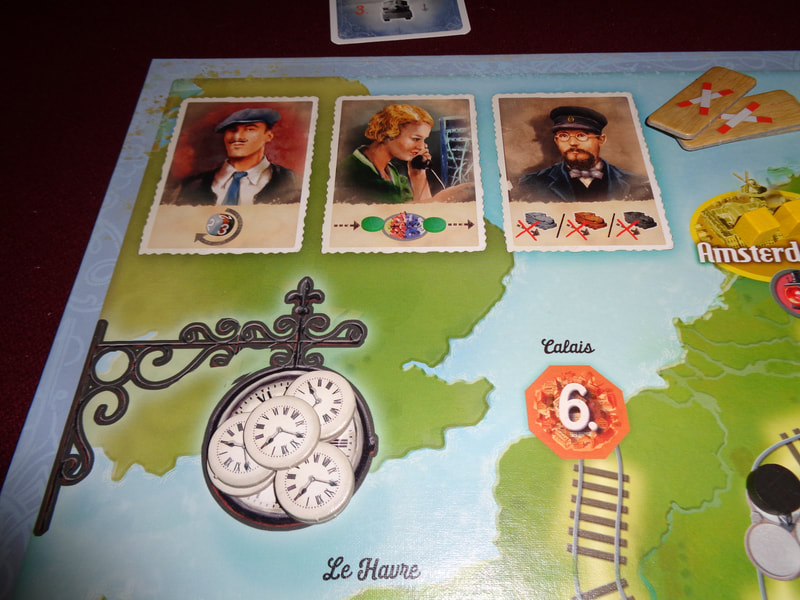
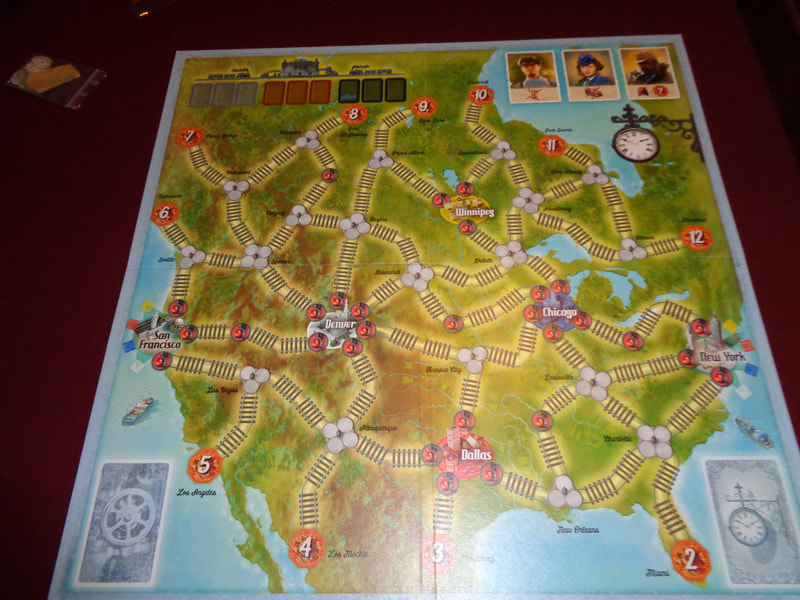
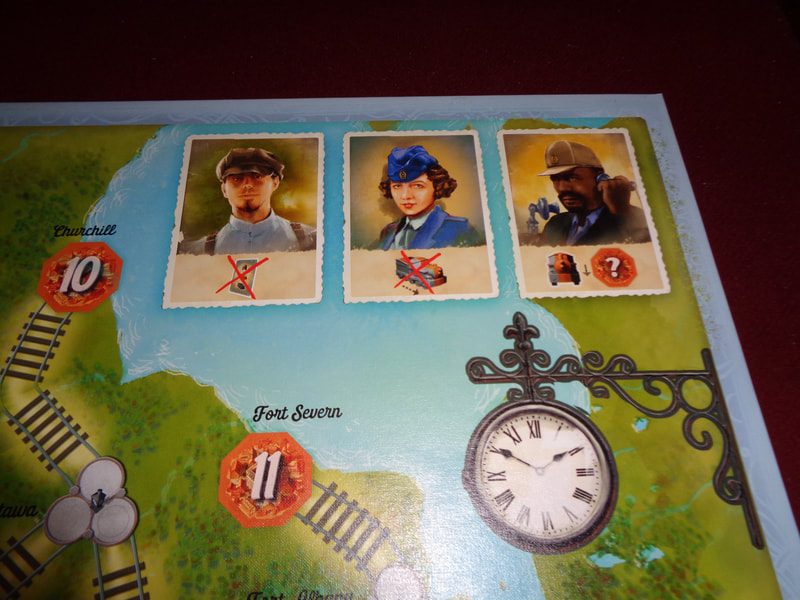
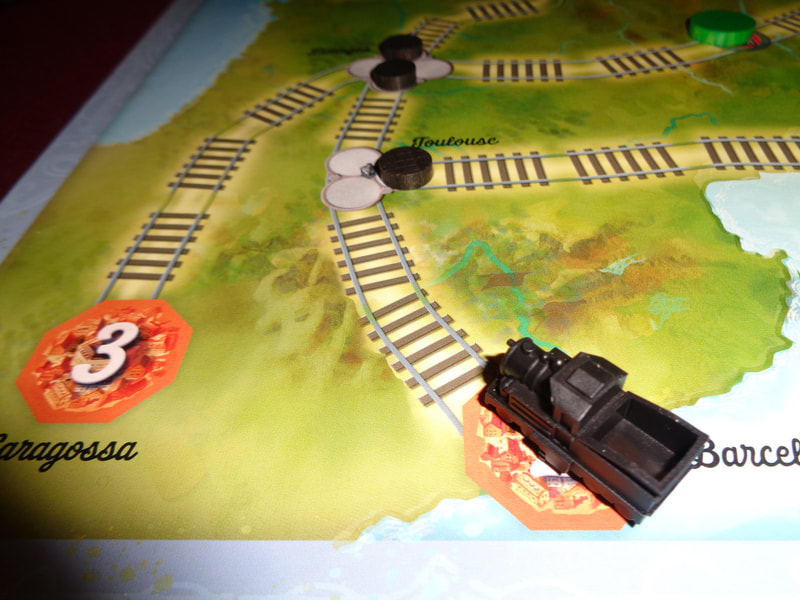
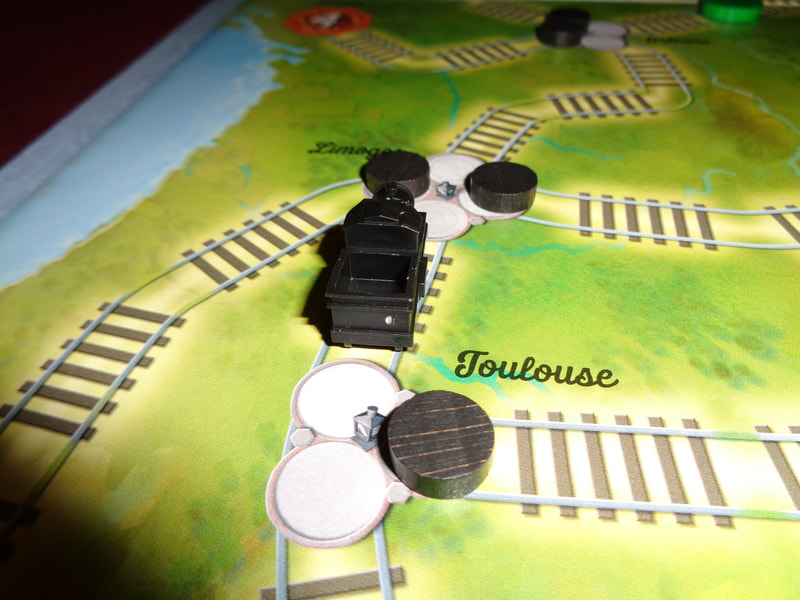
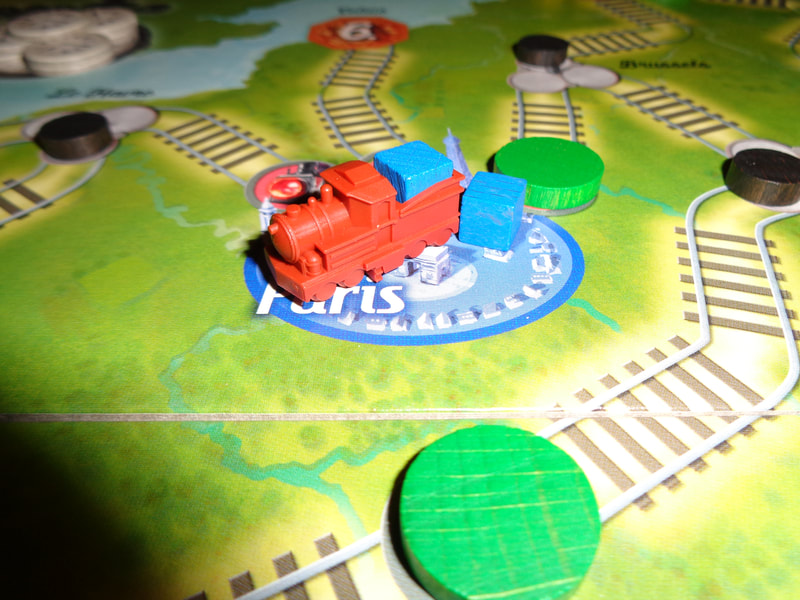
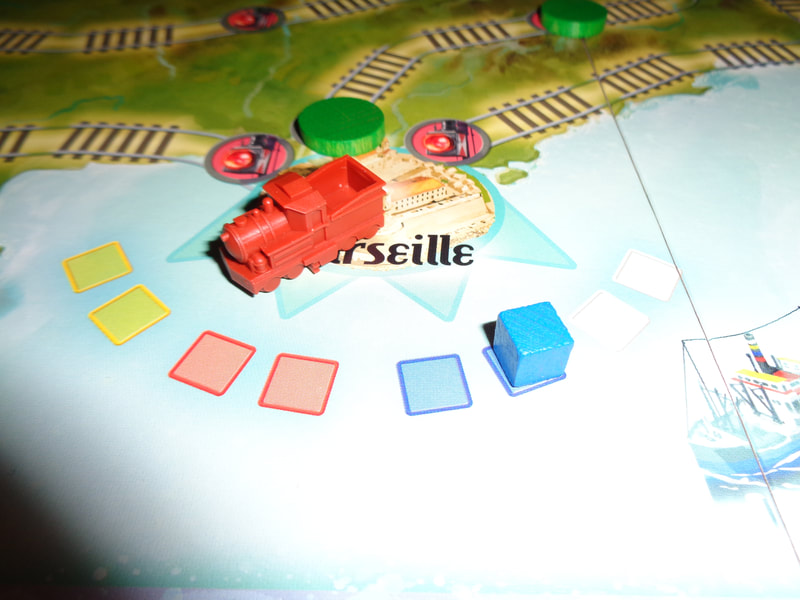
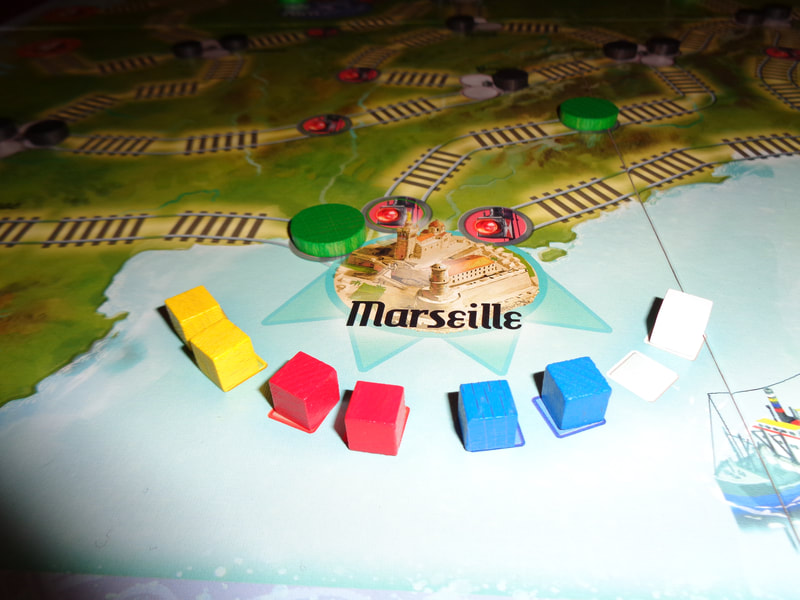
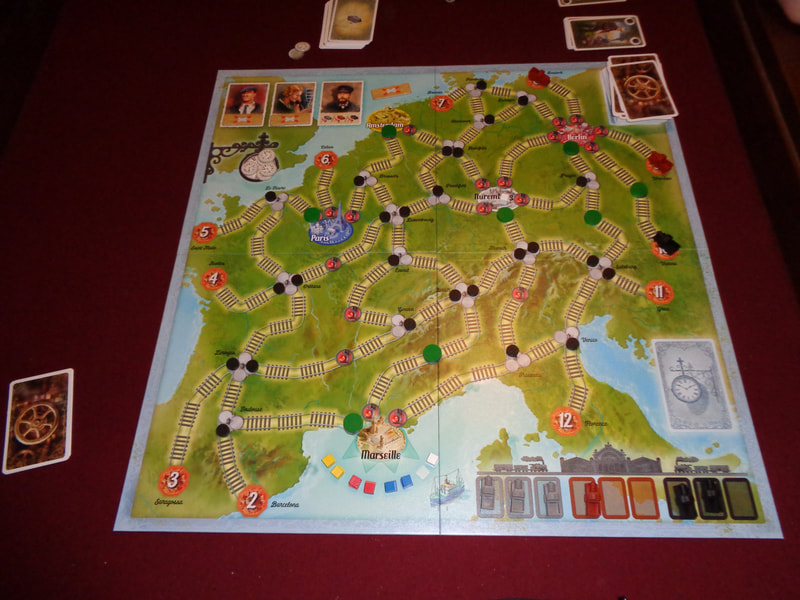
 RSS Feed
RSS Feed
